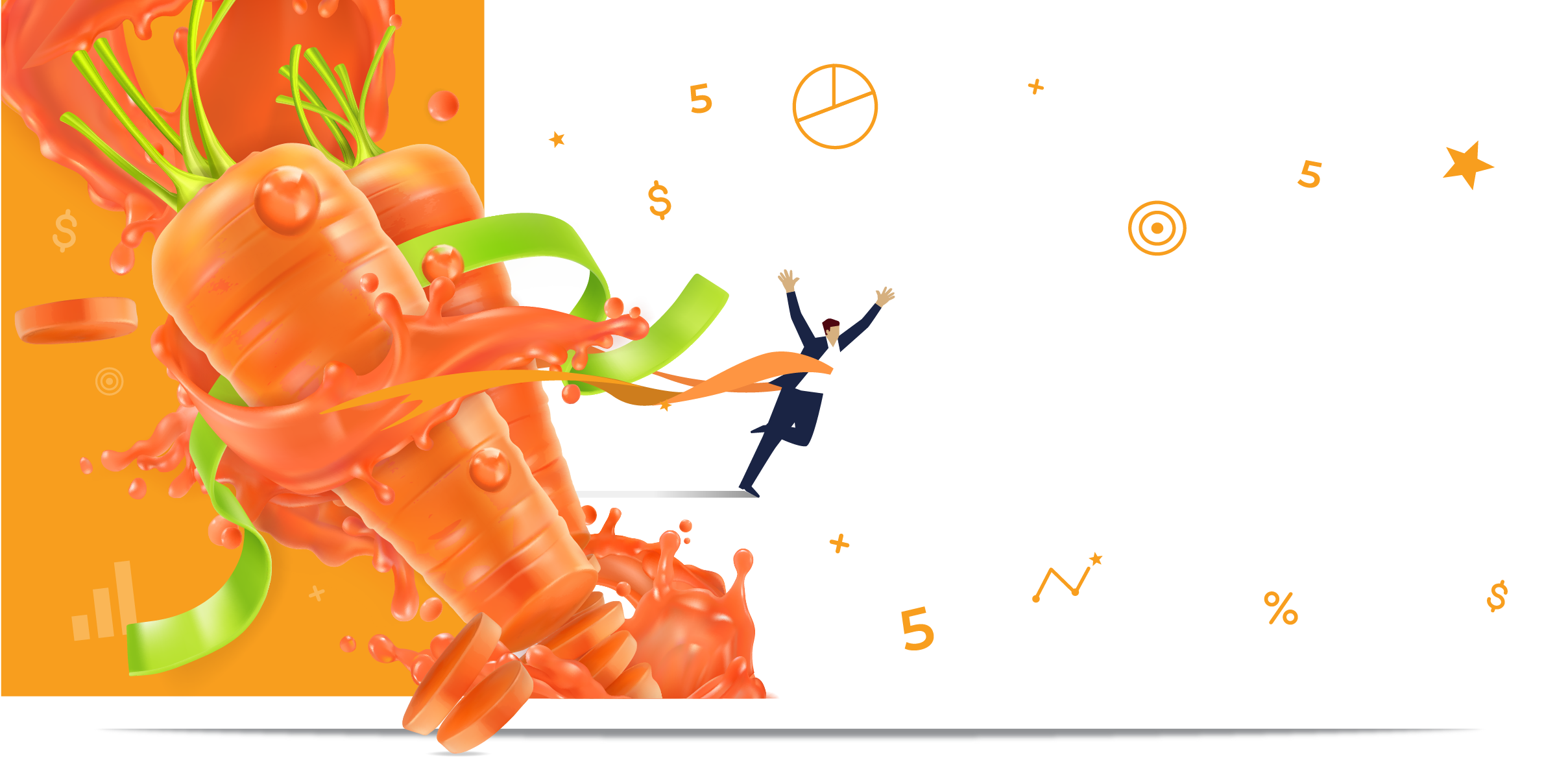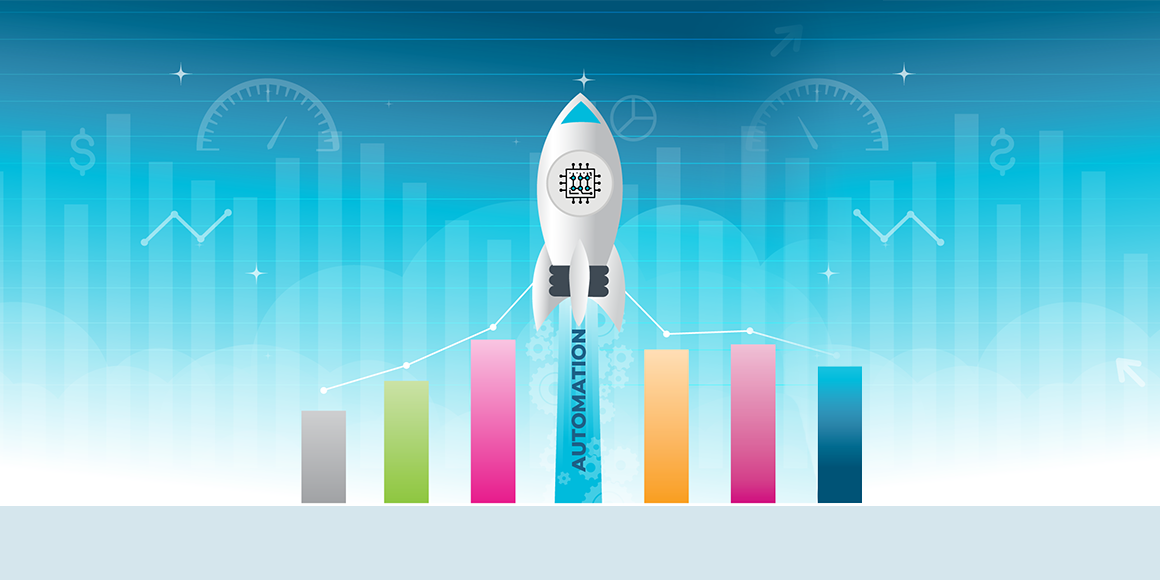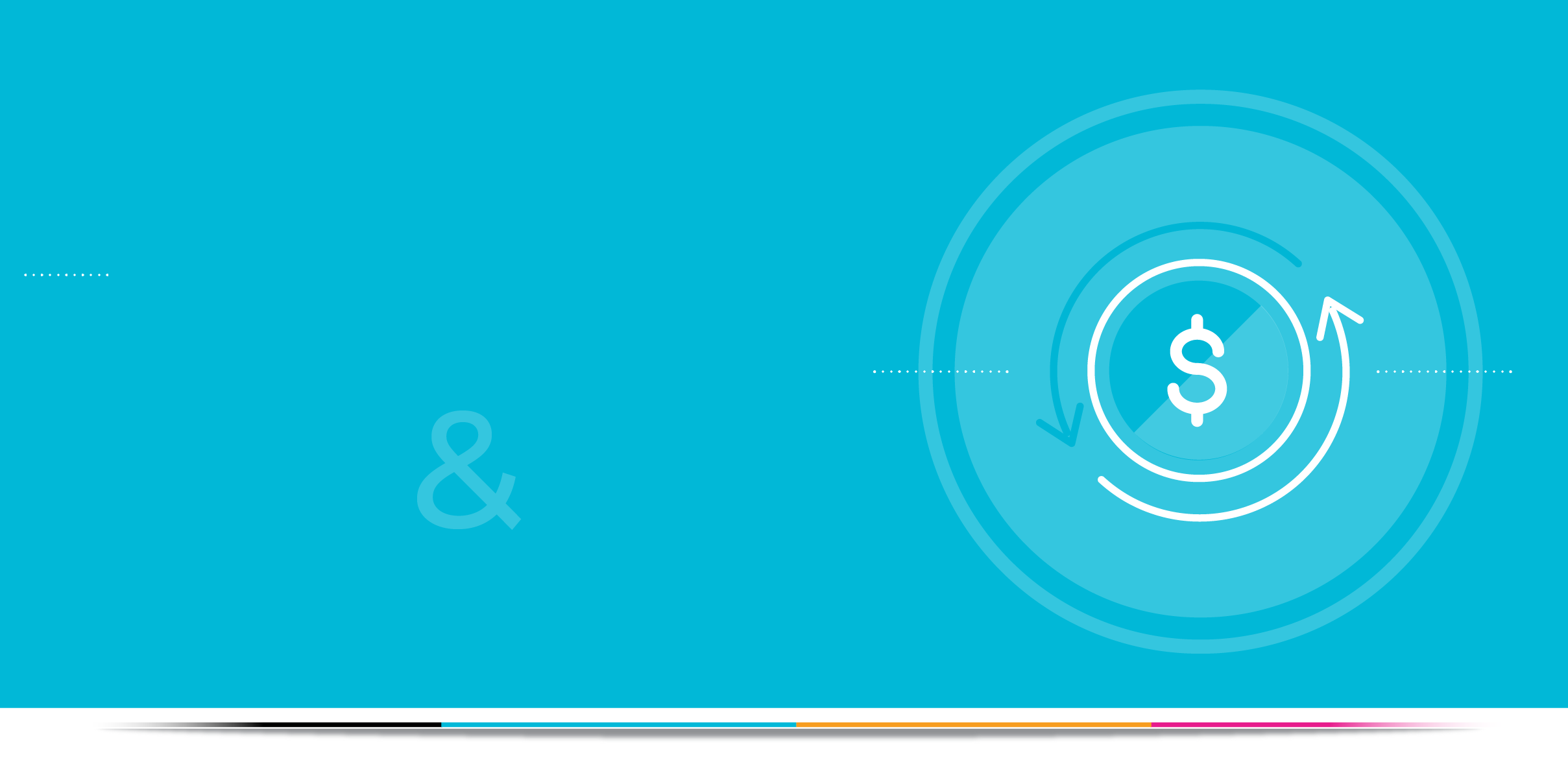Since the global pandemic turned our world upside down, we can finally see an upswing of consumer and sales activity that somewhat resembles a sense of normalcy, we still don’t know what the future holds. However, what we do know is that, now more than ever, brands need to drive more sales. And leveraging the right SPIFF can make a real difference in hitting those goals and targets.
With store traffic down year-over-year and consumers shifting towards online; influencing the sale has required brands and their channel to leverage the right incentive strategies and tried-and-true sales incentive tools to work harder and smarter for them. One of those reliable and proven sales incentive tools is the SPIFF.
As we move into the biggest sales cycle of the year, it is critical for brands to make up for lost sales in the previous quarters. When it comes to stimulating sales in an environment influenced by uncertainty and anxiety, an effective sales incentive and/or SPIFF is essential for driving revenue to meet and exceed targets.
Here are five of the most important variables in designing and deploying your next incentive campaign:
1. Target The Right Market Segments
Decide which sales organizations, geographies and channels will deliver maximum performance for your incentive budget. Some targets are especially appropriate; others make no sense at all. For example, a channel program should never include a warehouse club in its incentive strategy. Although sales are made, self-service aisles do not respond to incentive programs.
2. Establish Clear Goals
Determine what success looks like. How big is your target audience? What penetration do you expect at enrollment? Based on your current sales rate, how much do you expect it to increase during the promotion? Is your sales goal units or dollars? What is your current market share and where would you like to drive it? Do you want to motivate all participants or only the top 20%? Do you want to drive a specific behavior (i.e. trying to sell more version 1 products prior to introducing version 2 – think about what Samsung does every time they launch a new smartphone). You can have different goals for different promotions; just be clear and specific.
3. Allocate Adequate Budget Dollars
Your rewards must be meaningful to your audience. If the rewards are knick-knacks, do you really believe they will change behavior? The rewards must be consistent enough and lucrative enough to get people to move off the dime. Also, your promotional campaign must be high enough profile to attract the right market penetration. And allow adequate support for program administration.
4. Measure Results and Adapt
Every month your program is in place, look at the results. Have you got as many participants as you planned? If not, spend more time recruiting. Does the $10 spiff move the needle? If not, next month make it $15. If we’ve learned anything, it’s that results are extremely sensitive to market conditions, salesperson attitudes, and, of course, product availability. Static programs are a thing of the past.
5. Utilize Automation Tools
Rewards are important, but to get noticed in today’s competitive, fast-paced incentive environment, you need the ability to offer a wide variety of exciting, quickly adaptable promotion types. This requires more than a summer intern using a spreadsheet. A modern incentive management firm will provide incentive automation software capable of implementing flexible and timely motivational strategies.
For many brands, sales are lagging due to things out of our control, but in order to combat and overcome lost revenue savvy sales leaders know that they must lead with a SPIFF program that is designed with simplicity, a clear vision and measurements in place to manage performance.
Learn more about 360insights, and incentives and rewards programs



